Who said classical musicians can’t be funny?
Not much has been written about the ready wit of classical musicians, who are often considered elitist or even saintly. The author lists out some of the funniest anecdotes on the greats
Much of classical music and its practitioners are perceived to be rather elitist by some. The fact that the lyrics of many of the songs sung are philosophical and devotional often gives the practitioners a saintly aura. But the real picture is quite different and classical musicians can be as down-to-earth and funny as anyone else. While casting a modest veil over how celestial or terrestrial many musicians might be, this little piece aims to share a few little anecdotes on the strong sense of humour of many of our musicians across generations.
There have been legends like Maharajapuram Viswanatha Iyer and Chembai Vaidyanatha Bhagavathar whose humour enthralled their listeners almost as much as their music. One of the problems with writing about this in English is that much of their humour involves wordplay in regional languages. Someone has classified puns as the lowest form of humour. Probably, someone who could not come up with any good puns themselves.
Just like many Carnatic music concerts do, let us start this off with a Vatapi story. Once a musically challenged individual was trying to sing Vatapi Ganapathim Bhajeham in Raga Hamsadhwani. He was destroying the piece mercilessly, when the great Tiger Varadachariar quipped, “This is not Hamsadhwani, but HIMSAdhwani!” (Himsa = violence).
Chembai the funny man
Once there was a high profile official who worked in All India Radio. He hailed from the same town as Chembai did, but was strongly anti-Chembai. (One’s strongest detractors are from their own lot quite often) There was a function at a grand venue in Mumbai where the anti-Chembai man participated, which was followed by a concert by Chembai. The two men met on the steps leading up to the stage. As Chembai and his team were climbing up, Mr Nemesis was coming down. The man asked Chembai, “How are you?” to which Chembai instantly replied, gesturing towards the steps, “I am going up. You are coming down!” WHAM!
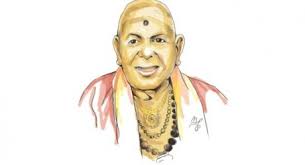
And then one day, Chembai was invited by the All India Radio (Ah! All India Radio again!) to give a live concert. He wanted to encourage the son of a mridangam artist who was very close to him. But the youngster did not have a grade in the All India Radio and they were very strict about ungraded people not being allowed to perform. But Chembai insisted that he would perform only with this boy. Finally, the radio people relented, on condition that 1) his name would not be announced and 2) he would not be allowed to play a percussion solo or Thaniyavarthanam. Chembai agreed. But in the middle of the live broadcast, he announced, “This bright young boy who is playing mridangam is so-and-so, the son of so-and-so. He plays very well and you should all invite him for concerts! Now play!” and went on to give him a generous slot for his Thaniyavarthanam.
Ariyakudi’s quick wit
Though there have been welcome exceptions from time to time, usually, people with money and power have little artistic sensibilities. History shows that many of the greatest artists that the world has ever seen were at the mercy of their rich patrons. But there have always been artists who did not hesitate to express themselves openly to these powerful people too. Once a rich patron told Ariyakudi Ramanuja Iyengar after he had finished giving a concert at a wedding, “I enjoyed your Thodi more this time than when I heard you sing it a few months ago.” Ariyakudi replied, “My music was the same then and now. But your listening abilities seem to have improved a bit!”
Once a legendary veena vidwan was giving a concert with an equally legendary mridanga vidwan. The veena vidwan went on and on playing an extended alap (where the mridangam had no role at all) with his eyes tightly closed, immersed in the music as well as in himself. When the alap finally finished and he opened his eyes, he was startled to find the mridangam sitting there looking like a lost soul, with the mridangist nowhere in sight! Then he heard a voice from the audience, “You can call me when you need me!” The mridanga vidwan had quietly walked off and seated himself during the endless alap.
The late great G.N Balasubramaniam (GNB to his fans) was tall and handsome and a great hit with the ladies too. As one would expect, he attracted a lot of jealousy from men who were less tall and less handsome. When one of these musicians met the Maharani of Travancore once, she told him, “All the flowers in the market would be sold out today. GNB is going to sing in the evening and all the ladies would be dressed to kill.” to which the other artist snorted, “Some singers are nice to look at, while others are nice to listen to!”
Semmangudi and a Horlicks bottle
Unlike many other musicians, Dr Semmangudi Srinivasa Iyer rarely lubricated his throat while singing. Instead, he would take a sip or two at the most, of warm Horlicks from a flask he kept by his side. (M.D Ramanathan, on the other hand, would finish an entire flask or more during a concert).
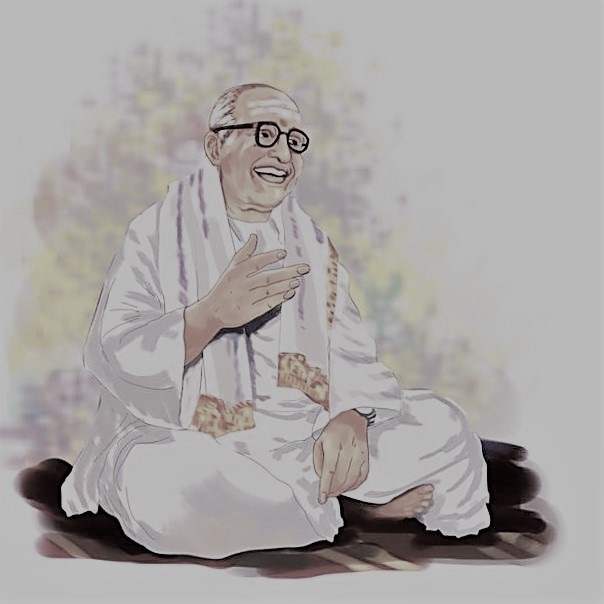
Once one of his disciples, who was quite a prankster, felt thirsty and took a sip of the Horlicks. He found it tasty and soon finished the entire flask. All of a sudden, Semmangudi turned around and asked him for the beverage. The disciple asked him to sing one more song, by which time he would open the flask and fill the glass. Nearby was the white powder or rava which mridangam artists apply on the left side of the instrument to make the sound deeper. The story goes that the Horlicks stealing disciple mixed some water with this rava and served it to Semmangudi. The maestro took one sip and nearly spat it out in disgust, upon which the disciple solemnly informed him, “Yes, sir. This is how Horlicks tastes now!”
I have had several interactions with this disciple and once met him after a concert where he was accompanied by a particularly insensitive and incompetent kanjira (a percussion instrument) player. While demonstrating how people normally hold the kanjira with one hand and play with the other, he said, “With this man, it is the opposite!” and showed how he would hold his free hand stationary while banging the kanjira on it with the other hand! We could call such accompaniments ‘accompunishments’, perhaps.
A ‘carless’ Balamuralikrishna
My beloved guru Dr Mangalampalli Balamuralikrishna was a great humourist too. Once he had to attend a function in Chennai after which it started to rain heavily. And then the organisers realised that the car which they had arranged for Balamuralikrishna was nowhere in sight. As they were running around in panic, Balamuralikrishna giggled and said, “The organisers have been careless. And now I am carless!” Once he was approached by an organisation who wanted to celebrate his birthday, which fell on the 6th of July. Balamuralikrishna was adamant that I should speak during the event. But I was out of the country until August. Balamuralikrishna told them that they could have the function after I came back to India and told me, “We shall await your August presence!”
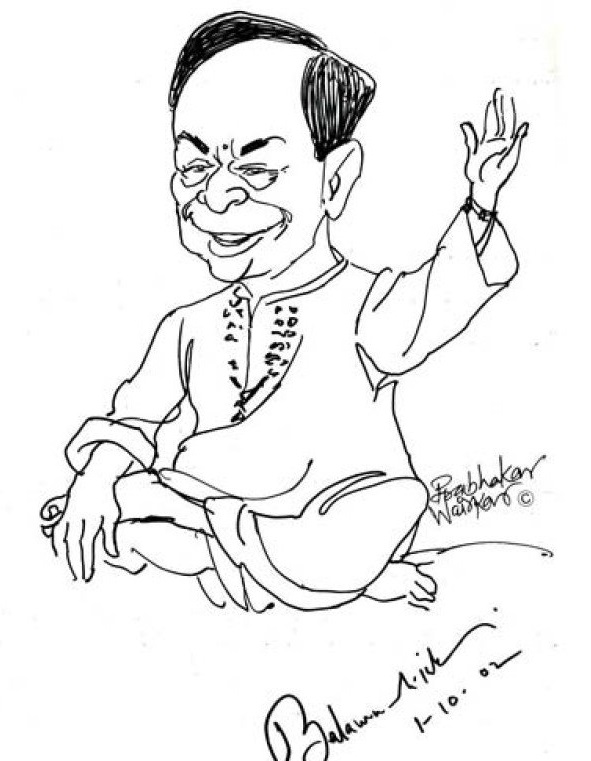
A great deal of the true stories going around would be given the 18+ certificate though. As Balamuralikrishna told me once while recounting anecdotes about an iconic funny man, “You know, I can write a book about him.” And then added in a conspiratorial tone, “But I can only write it, I cannot publish it!”

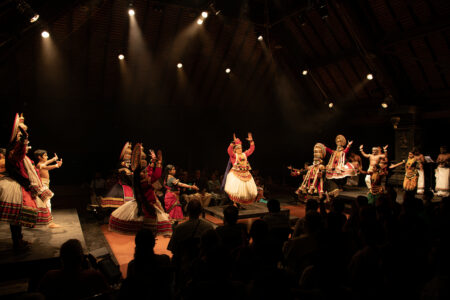

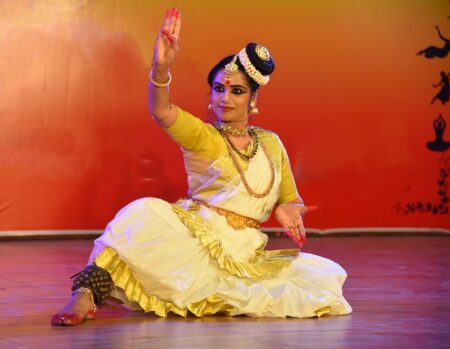
2 Comments
This piece on humour and music was such a beautiful read….. One wonders… how the great legends of the classical music could combine simplicity and mirth in all walks of life.
Very Very nice Article …!! Thankyou ….!!